Phones have migrated from the house and the office to pockets, bags and the great outdoors — changing the landscape of cinema for ever.
You think your smartphone’s pretty cool, but how useful would it be if you wanted to smash a window, commit murder by strangulation, or just express extreme rage? As you trawl the iTunes Store looking for the solution to those problems, you might want to consider the threat posed to cinema by those super-slim, shiny and increasingly multi-functional devices around which 21st-century life revolves.
I’m not talking about the popcorn-munching masses whose glowing handsets are a constant distraction for those of us who actually want to watch the movie. No, the real issue here is what the mobile phone is doing to narrative itself.
For most of the 20th century, telephones were fixed, clunky devices that rang loudly and pointlessly in empty houses. Film-makers could generate terror and suspense around anonymous calls, or phone lines being cut to isolated residences. On a lighter note, Rock Hudson and Doris Day in Pillow Talk explore the romantic and comic possibilities of a shared phone line — a concept that now seems positively antediluvian.
[youtube=http://www.youtube.com/watch?v=9WrEyVOPR8M&hl=en_GB&fs=1]
Dial M for Murder isn’t one of Hitchcock’s best movies, but it’s a perfect example of how a ringing telephone could be placed at the centre of a deadly plot. Scheming Ray Milland calls home to lure his wife (Grace Kelly) out of bed and into the hands of her would-be strangler, but underestimates her skills with a pair of scissors. Rear Window finds a bored and housebound James Stewart reduced to flirting with the ethereal Kelly from his wheelchair. But at least Hitchcock gives his emasculated hero a great big phone and a super-size camera lens to compensate for his shortcomings.
You knew where you were with these fixed phone lines. More to the point, you knew exactly where the person you were calling was located. Not any more: phones have migrated from the house and the office to pockets, bags and the great outdoors — changing the landscape of cinema for ever. The key question is whether this evolving technology makes for more interesting plots, or just a lot of lazy, incoherent nonsense as writers explore the possibilities for stories based around battery failure.
In the 2003 thriller Cellular, Kim Basinger’s fate lies in the hands of slacker Chris Evans, his cell phone and his willingness to believe in her plight. But Variety dismissed this LA-set kidnap tale as “a tepid recycling of old film noir chestnuts”, suggesting that high concept isn’t a substitute for coherent storytelling. Cellular writer Larry Cohen was also responsible for the more traditional plotline of Phone Booth, in which Colin Farrell’s punishment for being a smart arse and dallying with Katie Holmes involves being trapped in a confined space and taunted by a sniper.
http://youtu.be/g6V96fY9fqw
It’s too early to say whether the dramatic concepts explored in Cellular, or action-based TV shows like the now-defunct 24, will be as effective as stories that relied on old technology. But while scenes of texting, “sexting”, or downloading will become more commonplace, I don’t think they’ll make up for what’s already been lost. While old phones had weight (literally) and cinematic gravitas, I would defy any actor to look macho hurling a cell phone across a room.
And let’s not forget the unmistakable sound of what we now think of as the “Nostalgia” ringtone. It’s as much a part of the aural landscape of 1940s cinema as Humphrey Bogart’s lisp or James Cagney’s mile-a-minute diction.
So, before cinema is totally engulfed by Apple product placements, here’s a reminder of what made old phones so versatile:
All The President’s Men (1976)
Woodward and Bernstein broke the Watergate scandal with a little help from “Deep Throat” and a fearless dedication to typing and dialling. Those analogue phones could be wedged snugly under the chins of stars Robert Redford and Dustin Hoffman, proving that small is not always beautiful.
[youtube https://www.youtube.com/watch?v=vLt6djxhNe8&w=420&h=315]
Sunset Blvd. (1950)
Unwilling gigolo Joe Gillis (William Holden) discovers his fanatically jealous “employer” Norma Desmond (Gloria Desmond) calling his girlfriend Betty. He grabs the receiver and smashes it into the cradle, sealing his fate and reminding us of the limitations of cell phone design when it comes to expressing rage.
La Peau Douce/The Soft Skin (1964)
Fornication is a sin, but procrastination can be fatal. At the climax of François Truffaut’s love-triangle drama, philanderer Jean Desailly waits to use a restaurant phone in a last-ditch attempt to reconcile with his wife (Nelly Benedetti). But by the time he gets through, his aggrieved spouse has already left their apartment, armed with a rifle. His number is well and truly up.
The Big Sleep (1946)
The incomparable pairing of Bogart and Bacall demonstrate their capacity for flirting and dialling in one of the most memorable scenes from Howard Hawks’s baffling detective story. Who knew a hunk of bakelite could be such a powerful aphrodisiac?
Halloween (1978)
No self-respecting homicidal maniac could ignore the possibilities offered by a nice long telephone cord. Michael Myers efficiently dispatches Lynda (PJ Soles), as a bemused Laurie (Jamie Lee Curtis) listens in.
[youtube https://www.youtube.com/watch?v=5unH8gOhydY&w=420&h=315]


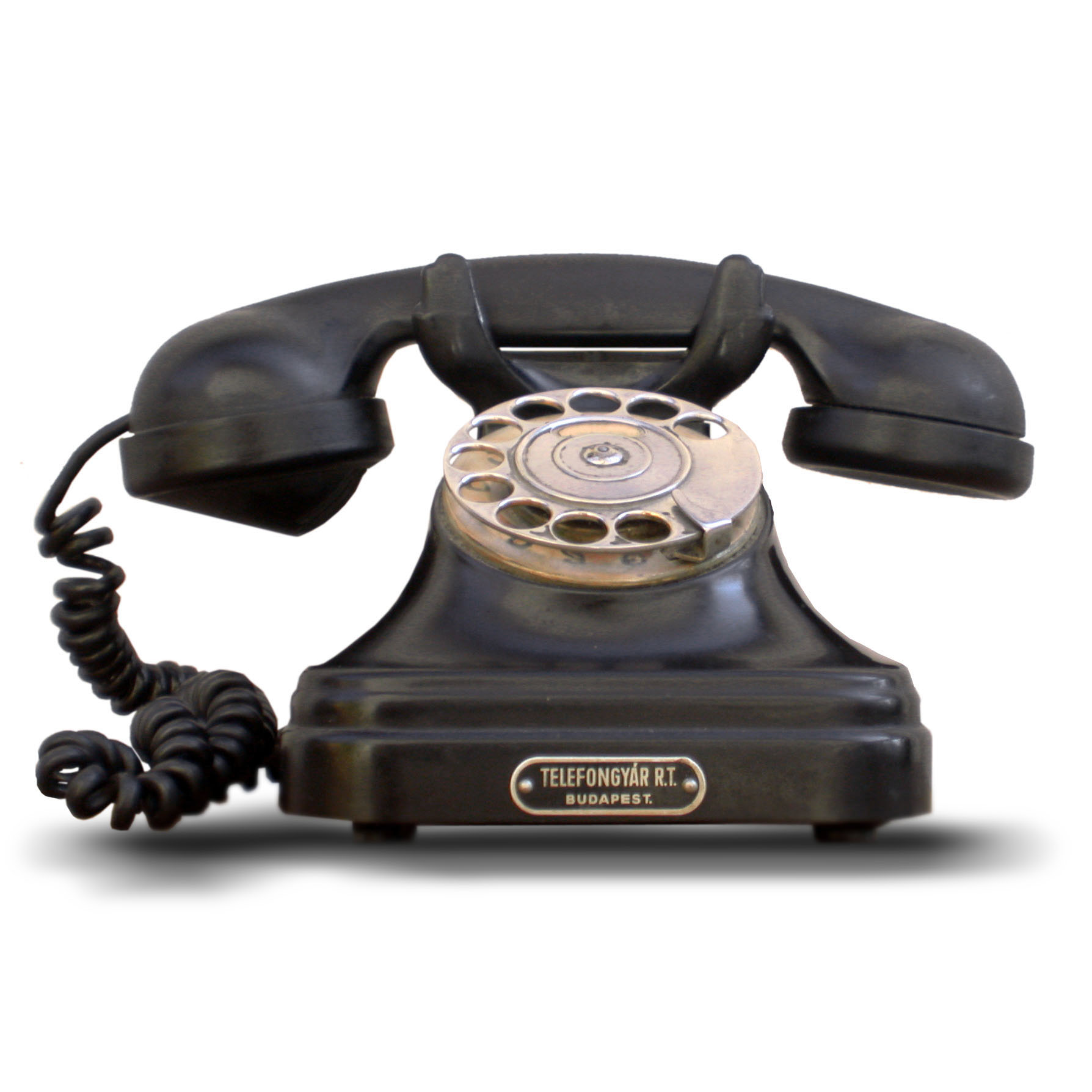
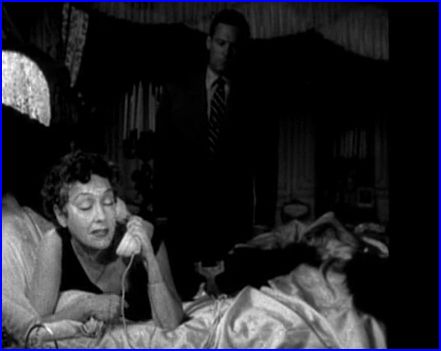
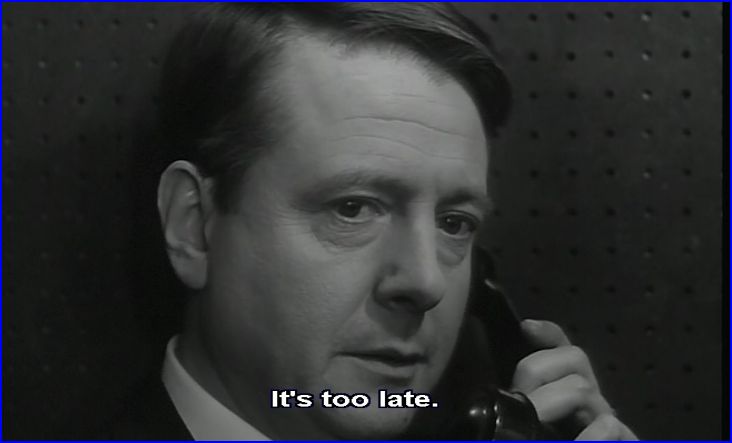
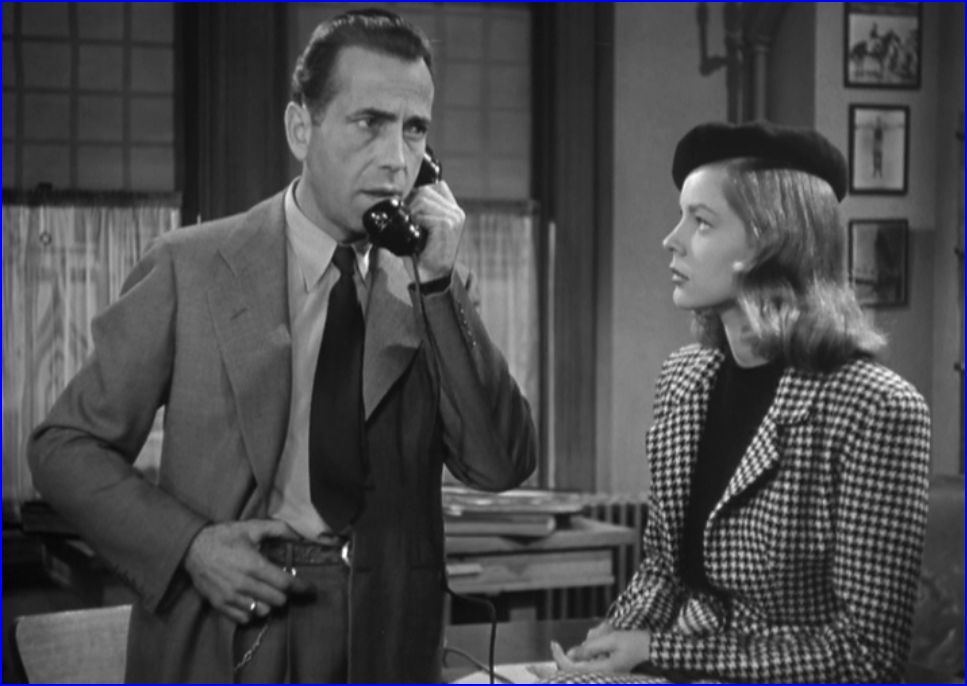


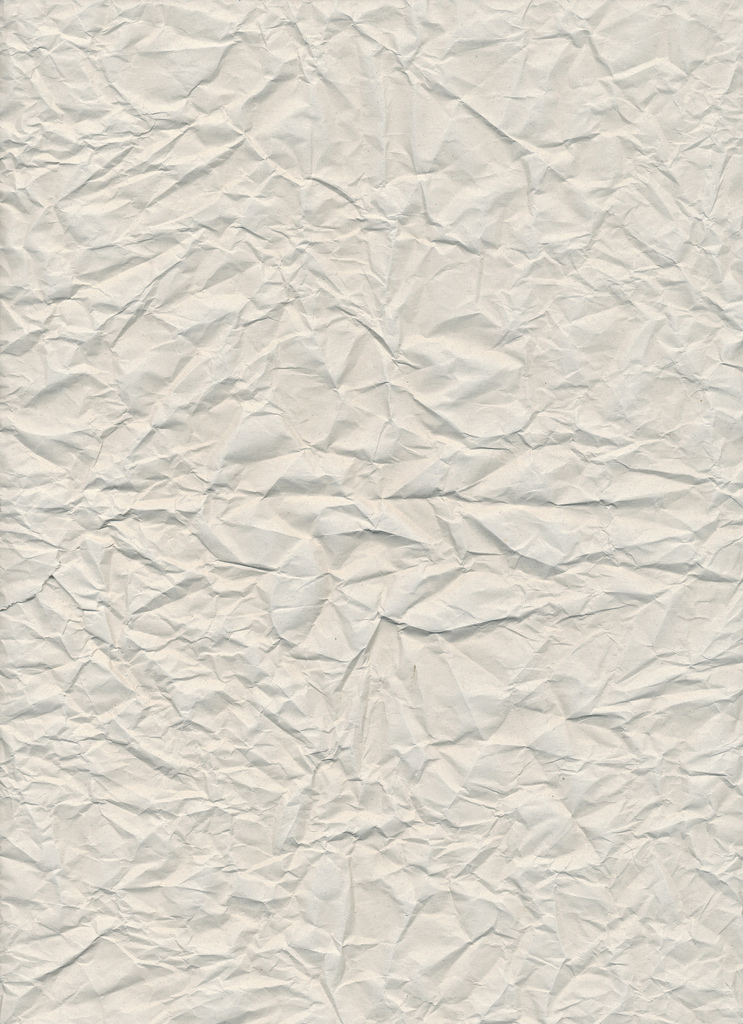
May 24, 2011 at 6:59 am
It gives it a scary new level too, one of gps and tracking on maps.. One of cop shows with badly timed one liners.
*sigh*